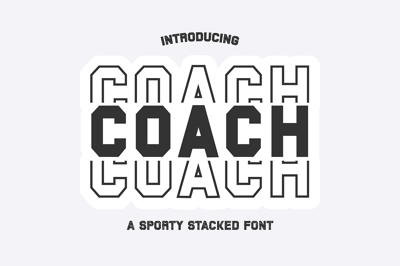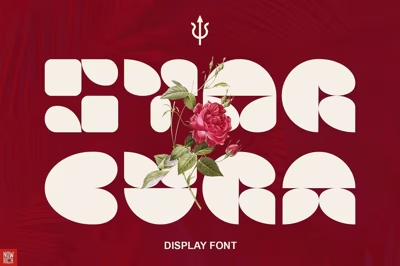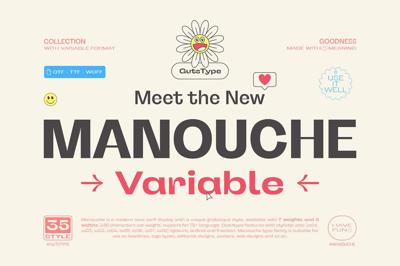Serif vs Sans-Serif: When to Use Which?
Serif vs Sans-Serif: When to Use Which?
The debate between serif and sans-serif fonts has been going on for decades. Both have their strengths, and knowing when to use each can dramatically improve your designs. Let's break down the differences and help you make the right choice for your next project.
What's the Difference?
Serif fonts have small decorative strokes (called serifs) at the ends of letters. Think Times New Roman or Georgia. Sans-serif fonts, as the name suggests, don't have these extra strokes—they're clean and straightforward. Arial and Helvetica are classic examples.
These small details might seem minor, but they significantly impact how your text looks and feels.
When to Use Serif Fonts
Print Materials
Serif fonts shine in print. The little strokes help guide the reader's eye from letter to letter, making long passages easier to read. This is why most books, newspapers, and magazines use serif fonts for body text.
Traditional and Elegant Brands
If you want to convey trust, tradition, or sophistication, serif fonts are your best friend. Law firms, financial institutions, and luxury brands often use serifs to communicate professionalism and timelessness.
Long-Form Content
For essays, articles, or any content that requires sustained reading, serif fonts can reduce eye strain. The decorative strokes create a natural flow that keeps readers engaged through lengthy paragraphs.
Headlines with Character
Serif fonts can add personality and gravitas to headlines. They work especially well when you want your title to feel important or authoritative.
When to Use Sans-Serif Fonts
Digital Screens
Sans-serif fonts are the go-to choice for websites and apps. They remain crisp and legible even at smaller sizes on screens. With so much reading happening on phones and tablets, sans-serifs ensure your content stays readable.
Modern and Minimalist Designs
Want your brand to feel contemporary and clean? Sans-serif fonts convey modernity and simplicity. Tech companies, startups, and minimalist brands almost universally choose sans-serifs.
Short Text and UI Elements
Buttons, labels, navigation menus, and short snippets of text work better with sans-serif fonts. They're direct and easy to scan quickly, which is exactly what you need for user interface elements.
Accessible Design
For readers with dyslexia or visual impairments, sans-serif fonts often work better. The simplified letter shapes are easier to distinguish, making your content more accessible to everyone.
Can You Use Both?
Absolutely! Combining serif and sans-serif fonts is one of the most popular pairing strategies. A common approach is using a serif font for headlines to add character, while keeping body text in a sans-serif for readability. Or flip it around—sans-serif headlines with serif body text works beautifully too.
The key is creating contrast while maintaining harmony. Make sure your fonts complement rather than compete with each other.
Context Matters Most
There's no universal rule that says one is always better than the other. Consider your medium, audience, and brand personality. A fashion magazine might use elegant serifs throughout, while a tech blog sticks exclusively to sans-serifs. Both choices can be perfect in their context.
Final Thoughts
The serif versus sans-serif choice isn't about which is objectively better—it's about what serves your specific project best. Understanding the strengths of each gives you the power to make intentional design decisions.
Experiment with both, test your designs with real users, and trust your judgment. Great typography comes from knowing the rules well enough to apply them thoughtfully.





